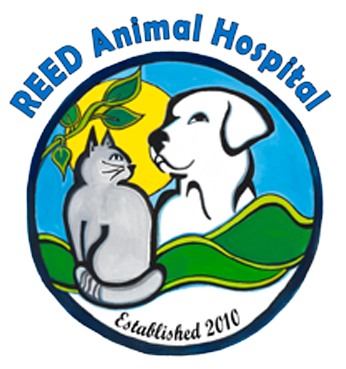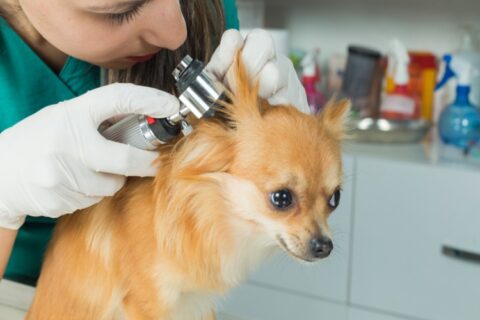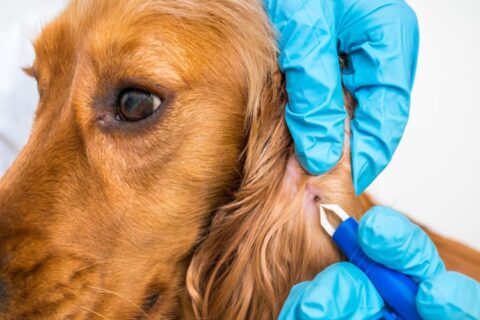Health Problems Common in English Bulldogs
If you’re the proud owner of an English bulldog, you will be glad to know that your dog comes from a healthy and resilient breed. It’s still important, however, to make sure that your pet is up to date on its vaccinations, and that you have your Campbell or Saratoga vet’s phone number on hand in the event of an emergency. It can also help to know what types of health conditions your dog may be most vulnerable to. These are some of the health issues that English Bulldogs are more prone to and could experience in their lifetime:
Cherry eye
You may not know it, but your dog has a third eyelid tucked inside its lower eyelid which provides further protection for the eye. Cherry eye is a condition in which the third eyelid protrudes, making it very noticeable. The most common treatment for cherry eye is surgery to reposition the third eyelid’s gland. Removal of the gland is not recommended because it can harm your dog’s vision.
Elbow and hip dysplasia
Large breed dogs such as English bulldogs can be prone to hip dysplasia, a condition in which the ball and socket of the joint do not fit together the way that they are supposed to. As a result, the joint degenerates, causing the dog pain and making it difficult to walk. Elbow dysplasia is a similar condition in which the elbow joint does not develop normally, leading to chronic pain and lameness.
Bone cancer
While bone cancer can potentially develop in any breed of dog, larger breeds are most vulnerable to it. In some cases, it can develop after a traumatic bone injury. The most common type of bone cancer in dogs is a tumor known as osteosarcoma. Common symptoms are apparent lameness, reluctance to eat, and joint inflammation.
If you notice that your English bulldog is having difficulty walking or have other sudden changes in behavior, schedule an appointment at your vet clinic right away. It is a good idea to discuss health conditions that a particular breed is more prone to with your vet so they can help you become more aware in better recognizing symptoms that could be concerning for your pet.



